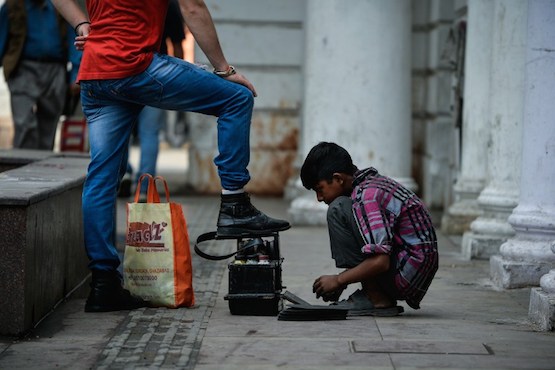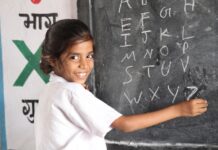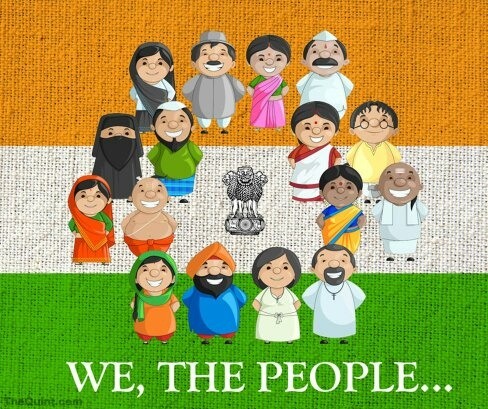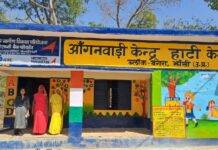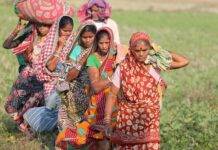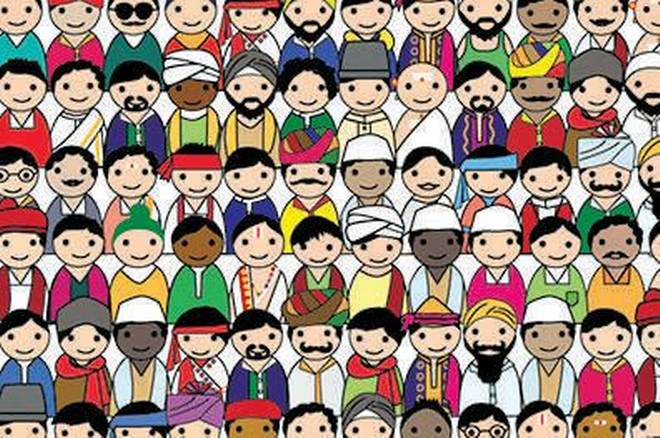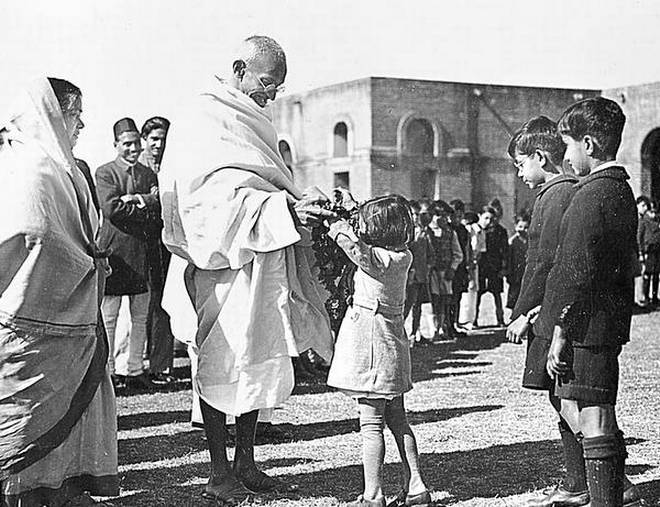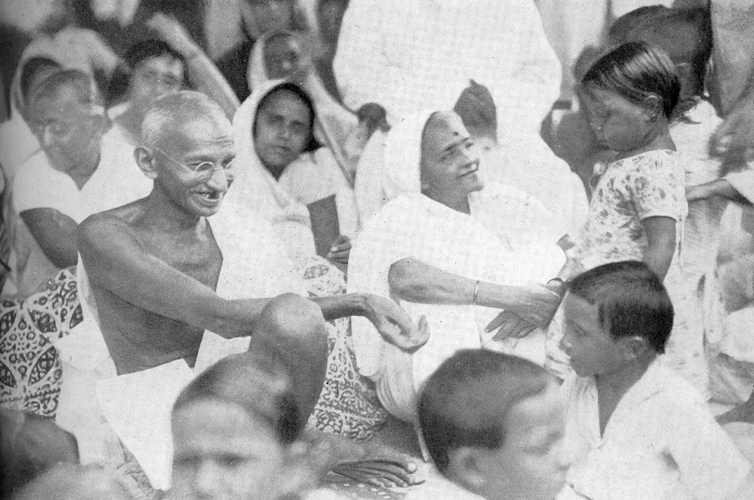COMMENTARY
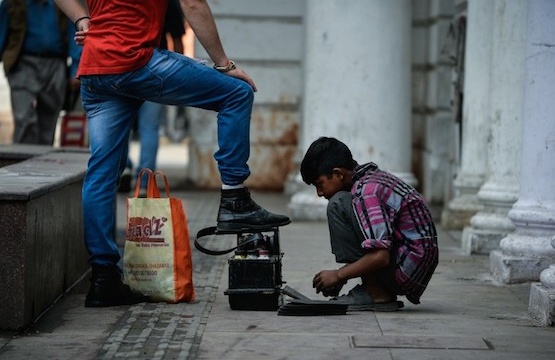
In an age where poverty and associated dignity of people irrespective of their economic background is becoming difficult to attain, it has been acknowledged that in the year 2030 world’s 1% population will have two-thirds of the wealth. Growing global inequality has been an issue that nations across the globe are facing.
The faulty distribution of resources, the inability of governments to ensure that all people have a basic standard of lifestyle, that education and healthcare are universally accessible and resources that are of significance for individuals to lead a dignified life are built for all sections of the society- have collectively lead to this crisis.
In nations such as India the distinction between the poor and the wealthy is evident and the poor condition of life has implied the lack of access to the fundamental resources like food, shelter, healthcare and education. The global inequality is an issue that all nation-states have to acknowledge as national development is significantly related to the wellbeing of all people. It is acknowledged that in the year 2030 the richest 1% of the population will have two-third of the world’s total wealth. Leaders of the world are realising that global inequality will lead to growth of difference between the wealthy and the poor.
Analysis suggests that the wealth has become concentrated at the top because of aspects like inequality in income, high saving among in the wealthy, and the accumulation of assets. The wealthy population also invested in endeavors like businesses, stocks and other financial assets, which have handed them disproportionate benefits.
It is paradoxical that at time when so many people are poor and finding it difficult to lead a dignified life a select few have access on all resources. Countries across the world must collectively think of infrastructural measures so that wealth is distributed equally and all individuals irrespective of their economic status can lead a dignified life. Ensuring sustainable distribution of resources needs structural mechanisms and leadership that is devoted to people’s welfare.
***

